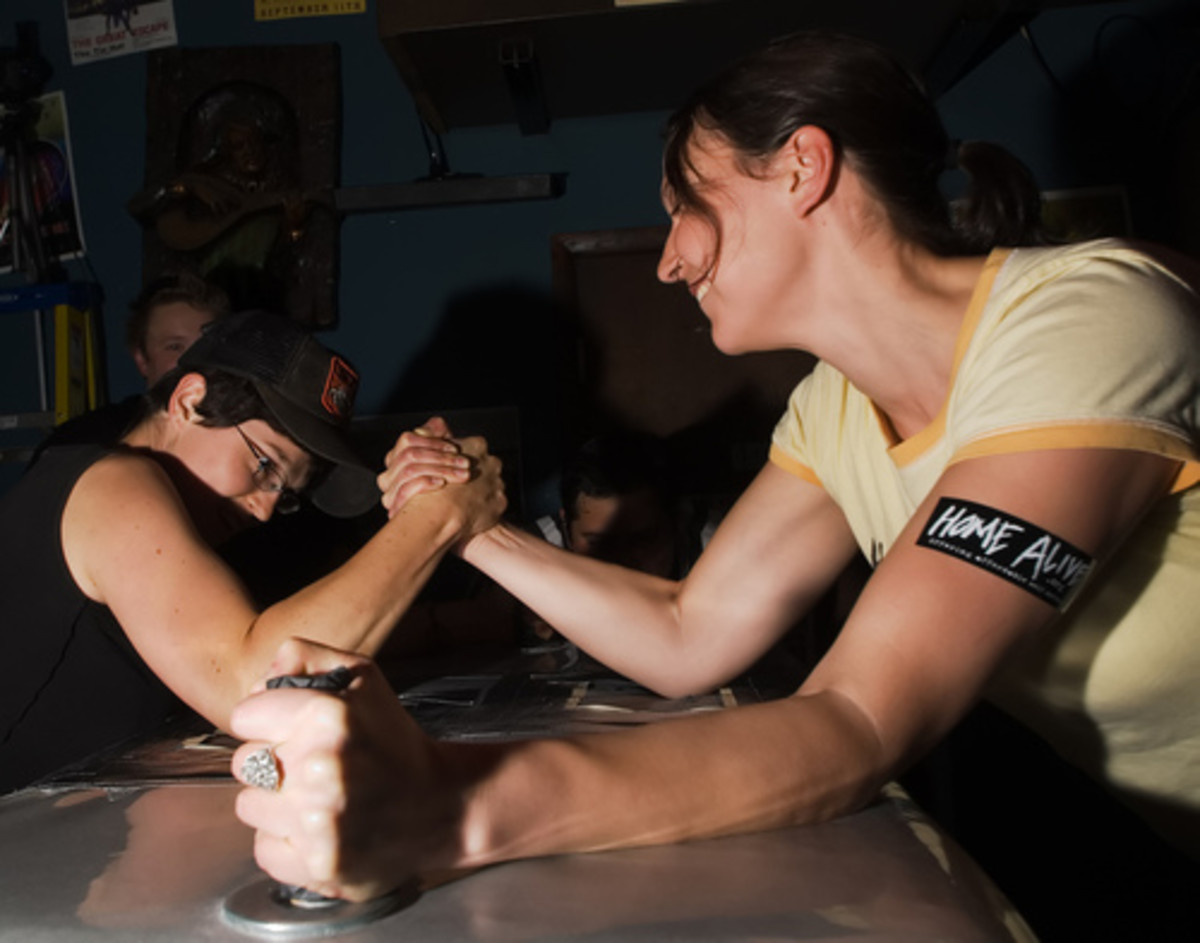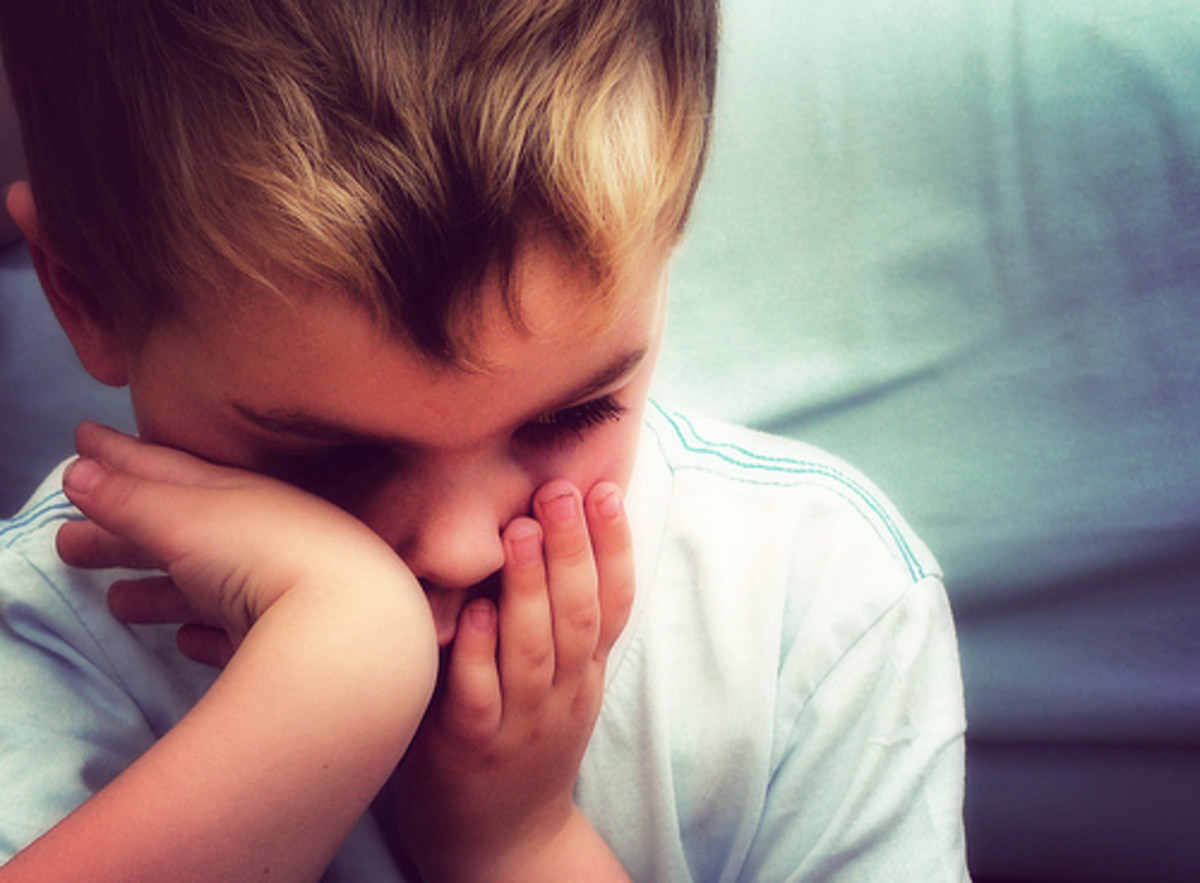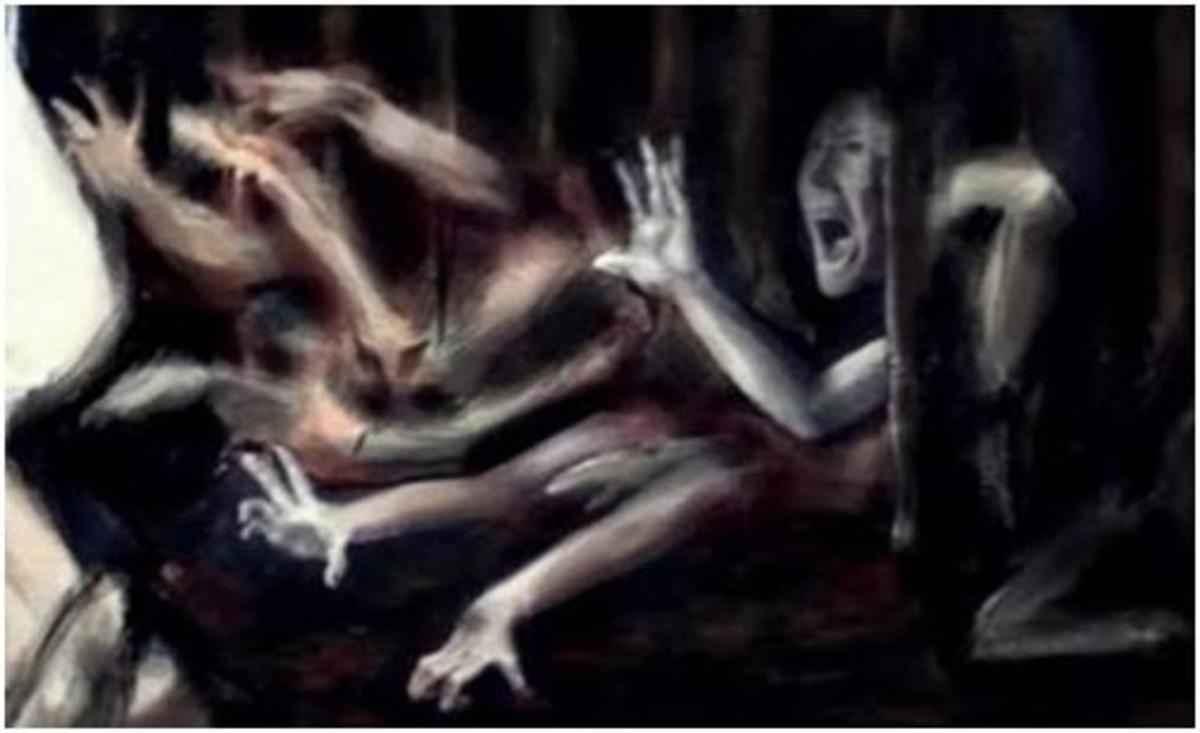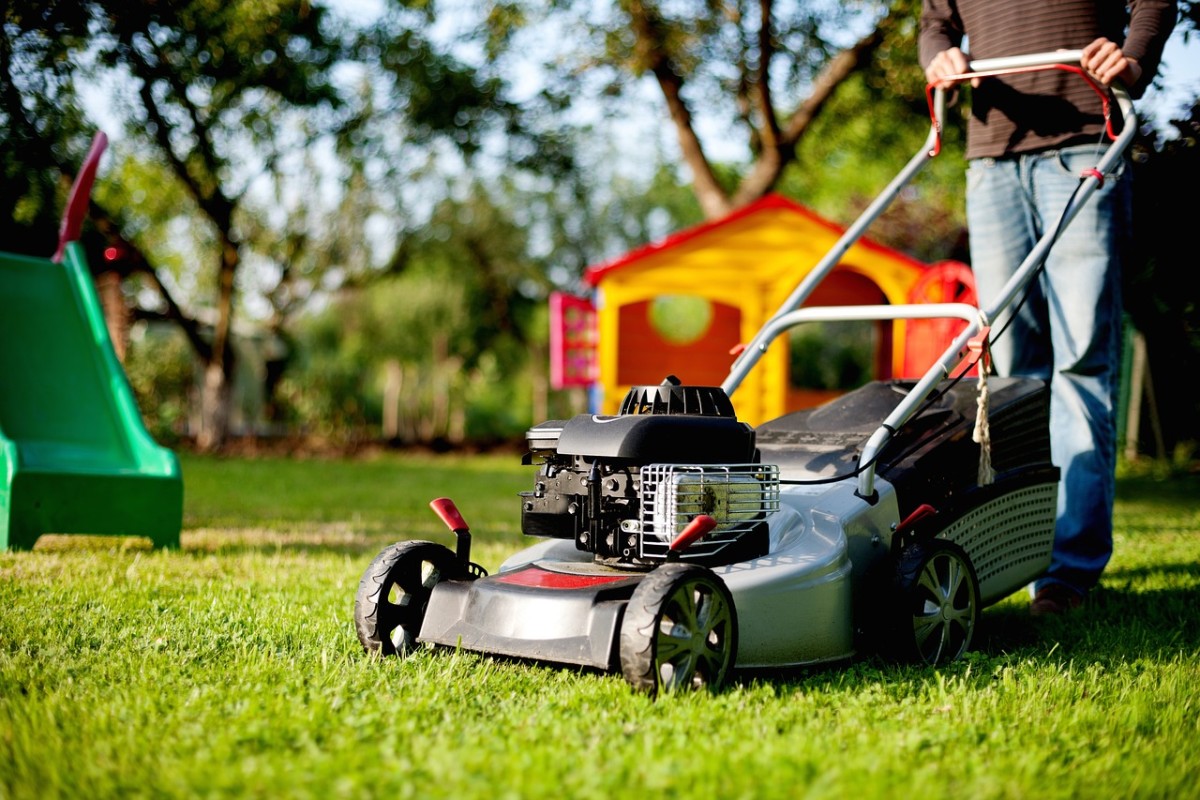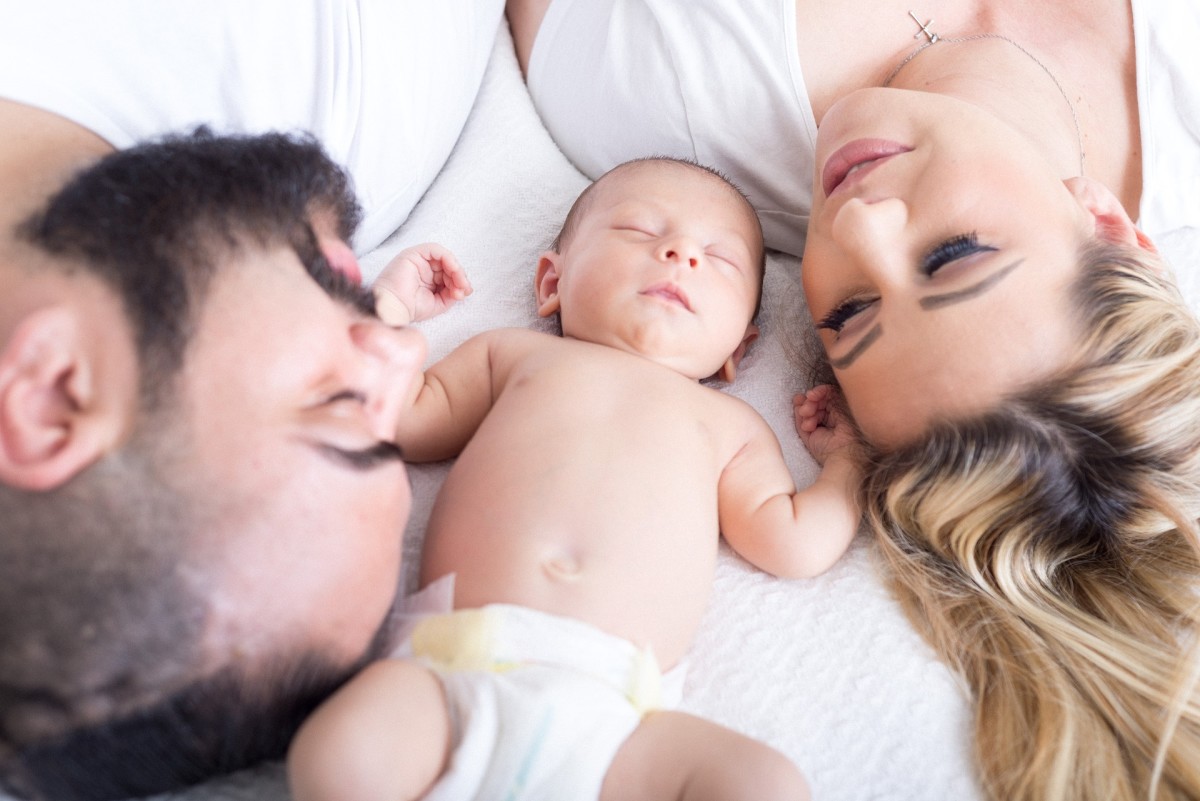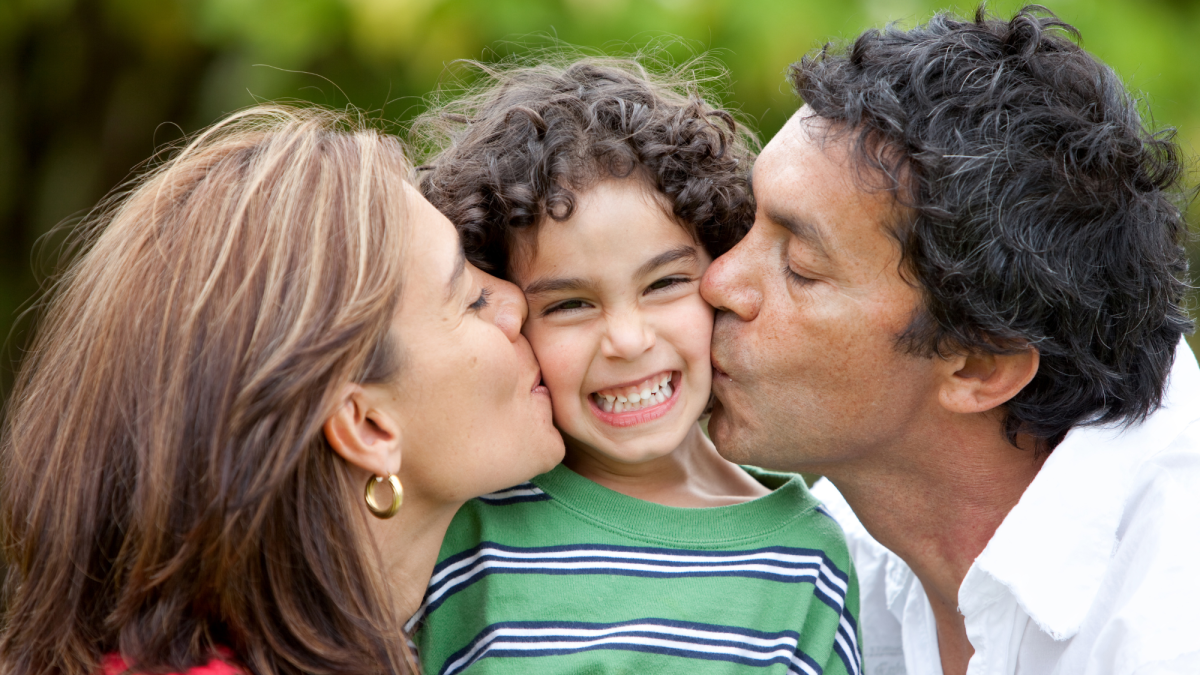The Inequality Of The Large Family System














It is SIMPLY IMPOSSIBLE for Parents of Large to Very Large Families to Treat All Their Children Equally
Most people who grew up in large and very large families(6 or more children per household) always maintained that they were "loved" and their parents "gave them individualized attention". This is their public face and persona. Many people who grew up in large families and very large families are in DEEP DENIAL. When you hear people talk about growing up in large families, they try to paint a picture perfect image of their families.
However, PRIVATELY, many people who grew up in large and very large families complain about the inequality of treatment received from their parents. Many people even resented their parents by having more children than they could properly care for. It is a fact that many oldest daughters in large and very large families actually hate their mothers for placing such an onus on them.
Children usually have it very rough in large and very large families. Economic resources are stretched to the limit because there are a massive amount of people competing for the same parental resources. Sociological studies authenticate that large and very large families are poor to impoverished. As a result of the fierce competition for their parents' financial resources, older children in large families often have to do without. There have been instances of older children in large and very large families going without the basic necessities so that the younger children can have them. In large and very large families, oldest children are left to provide for themselves from a very young age as their parents are unable to do so.
Furthermore, in large and very large families, oldest children are hugged the least by their parents. Many parents of large and very large families believe that their oldest children do not need them at all. The average parent of large and very large families seldom interact with their oldest children except to give them caretaking and other familial responsibilities. Oldest children are the second most neglected children in large and very large families. Many parents of large and very large families believe that they do not have to spend time with their oldest children because they are "not babies" anymore so their children do not need them.
Oldest children in large and very large families are often the most unappreciated children. Their parents expect them to be available 24/7/365 to cater and raise their younger siblings. To reiterate, oldest children in large to very large families are "parents" from the age of six. There have been instances of people from large families stating that they changed diapers and cared for their younger siblings from early childhood.
My mother, who is the oldest of ten children, maintained that at the age of six, her mother assigned her housekeeping and cooking duties. She was also forced to be the family caretaker. As soon she became a teenager, she abruptly left for boarding school and never looked back. My mother never liked domestic life and she is constantly going out. When she got married, she seldom cooked, it was my father who cooked and did the household chores. He did not mind staying at home and wondered when my mother was always going someplace or another. Kim Wayans, the oldest of ten siblings in the Wayans clan, stated that as a child, she always had a sibling on her arm and/or tagging along.
As parents have more and more children, they become overwhelmed by the sheer number of their children and relinquish the raising of their children to their oldest children. The parents have it easy. They just reproduce and reproduce without caring about the stress they put on their oldest children.
Oldest children in large and very large families often have the most stress. Many oldest children when they become adults expressed great resentment and anger at their parents. I compare the status of the oldest child in large to very large families to that being a slave in the antebellum South and that of being a forced laborer in a Nazi concentration camp. Oldest children in large and very large families are overworked and unappreciated by their parents. It is the dictum of the average parent in large and very large families is the OLDEST CHILD should be doing this things and THEY should not be paid for this.
In large families, there is intense sibling rivalry and backstabbing because a large amount of children are competing for the attention of two parents. Parents in large and very large families do not love all their children equally. In fact, parents treat some of their children more indulgently, spoiling them while they are more neglectful, harsh, and punitive towards others. Yes, Virginia, there are SPOILED CHILDREN in large and very large families despite the old saying that they are not.
For example, singer Celine Dion, youngest of fourteen children stated that she loved being in a large family because she was coddled. Singer, actor, and Holocaust survivor Robert Clary concurred with this, stating that as the youngest of sixteen children he was a coddled child. Mr. Clary recollected that his mother affectionately called him a brat. If a person truly states that he/she loves being from a large family, chances are that they are the YOUNGEST in their families.
Youngest children report being the happiest in large to very large families. Of course, they have the least responsibilities, often having a more carefree childhood than their older/oldest siblings who were usually saddled with household and caretaking responsibilities at a very young age. They can get away with things that their older/oldest siblings would be severely chastised and/or punished for. Oftentimes oldest children in large and very large families are punished for what their younger siblings do.
Furthermore, in large and very large families, it is the youngest child who is the parents' favorite. She/he often receives preferential treatment from them. They do not have to perform chores that other children in the family are required to do. Youngest children in large and very large families are coddled and pampered longer than the older children in the family.Such youngest children are coddled into their late teenage and adult years. Many oldest children in large and very large families oftentimes develop an animus towards their youngest siblings for the privileges they receive. Oldest children in large and very large families believe that their youngest siblings have it too good and extremely easy.
Middle children in large and very large families are overlooked, totally ignored, and lost in the crowd. Middle children in large and very large families generally do not have clearly defined identity unlike middle children in smaller families who have more of a defined identity. Imagine the status of middle children in large to very large families! They are totally anonymous to their parents and their siblings.
The status of middle children in large and very large families are nebulous to say the least. Middle children in large and very large families are the MOST likely to be ignored by their family members. Many middle children in large and very large families just develop their own independent personalities and go their own way.
Still others feel like they are nonentities, either fading into the background or becoming shy and withdrawn. However, there are some middle children who become quite attention seeking, loud, and aggressive to get attention. Madonna, singer/songwriter/mogul. who is the third of eight siblings, asserted that as a child and teenager, she became loud and vocal in order to gain attention from her father and her siblings. As a teenager and adult, she curved a career and lifestyle niche which was dramatically different from her siblings. The late Charles Bronson, actor, also a middle child(eleventh child of fourteen siblings) , went his own independent way, curving a career and lifestyle niche different from his siblings. Tim Allen, actor and comedian, the middle child of nine children, developed an aggressive persona to cope with his status as a middle child in a large to very large family.
Children in large and very large families are often on an unequal parity based upon their respective familial status. Parents in large and very large families treat their children either preferentially, indifferently, or harshly depending upon their respective birth orders. They furthermore establish different expectations and standards based upon their children's birth orders.
There is no equal parity regarding children in large to very large families as opposed to children in small families who are treated equally. Sibling roles are often more rigid and fixed in large to very large families with either positive or more likely negative effects. For example, in large and very large families, oldest children have the burden of being responsible for their younger siblings psychologically and financially often into adulthood as it is expected.
To summarize, in the world of large and very large families, children are often treated differentially by their parents based upon their respective birth orders. Oldest children are treated the harshest by their parents. They have the onus of familial responsibilities from a very early age. They have the LEAST CAREFREE carefree childhood of the birth orders. Because of enormous childhood responsibilities, many oldest children in large and very large families hate and/or resent their parents and younger siblings, feeling that they have gotten the shaft.
If you hear a person glowingly states that he/she loves being part of a large and very large family, it is the youngest child. Youngest children in large and very large families are spoiled rotten. They are pampered and mollycoddled by their parents and siblings often into late adolescence and adulthood. Youngest children in large to very large families have the MOST CAREFREE childhood of all the birth orders. They also have the fondest memories of being in a large to very large family.
Middle children in large and very large families are often ignored and overlooked. In response to this, they react in the following ways. Some become very nebulous and anonymous, quietly and contently fading into the background. Others become shy and withdrawn, feeling that they are unworthy of love, respect, and attention. Still others became quite rebellious and loud, carving their own independent of their families. Many develop a loud and vocal personality in order to get familial attention. Large and very large families are hierarchical in nature. It is impossible for children in such families to have an equal paring with each other as children from small families do.
Books to Read
Related Hubs on the Large Family
- Why Large Families are UNFAIR to Oldest and Middle C...
Middle children in large families are often lost in the shuffle.They are in familial Graylands.They MUST learn to successfully navigate their environment or they will go proverbially under. - Why Large Families are UNFAIR to Oldest and Middle C...
In large families,some children ARE treated well while others AREN'T.Oldest children are discarded in favor of younger children.They MUST grow up quickly, assuming adult duties.They have NO childhood. - Children From Large Families Tend To Raise And Suppo...
In the large family environment, parents are often distant, not available, and uninvolved in their children's lives.Children in large families oftentimes have to raise and fend for themselves.
© 2011 Grace Marguerite Williams




